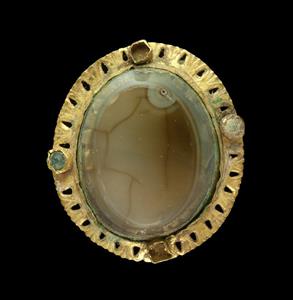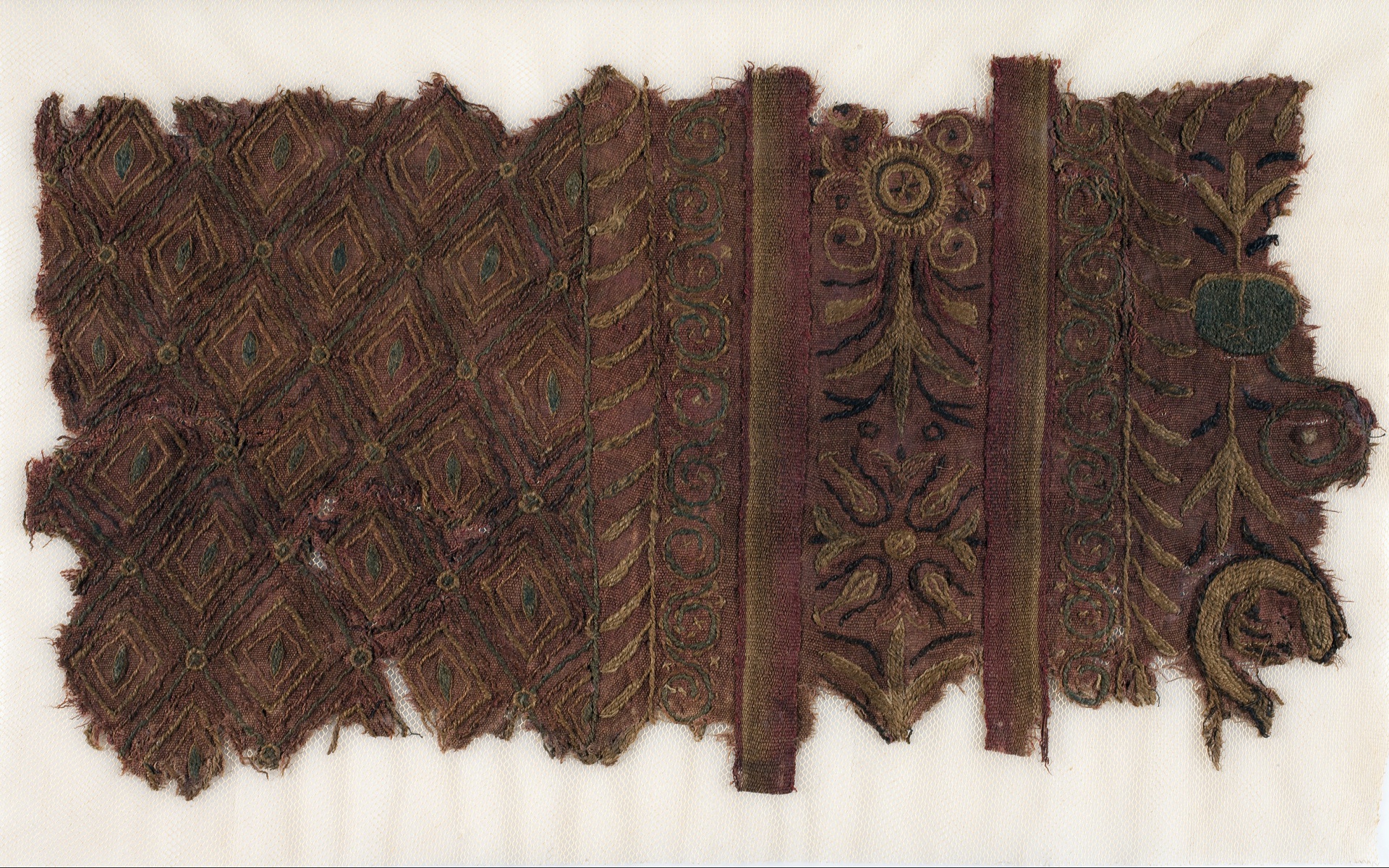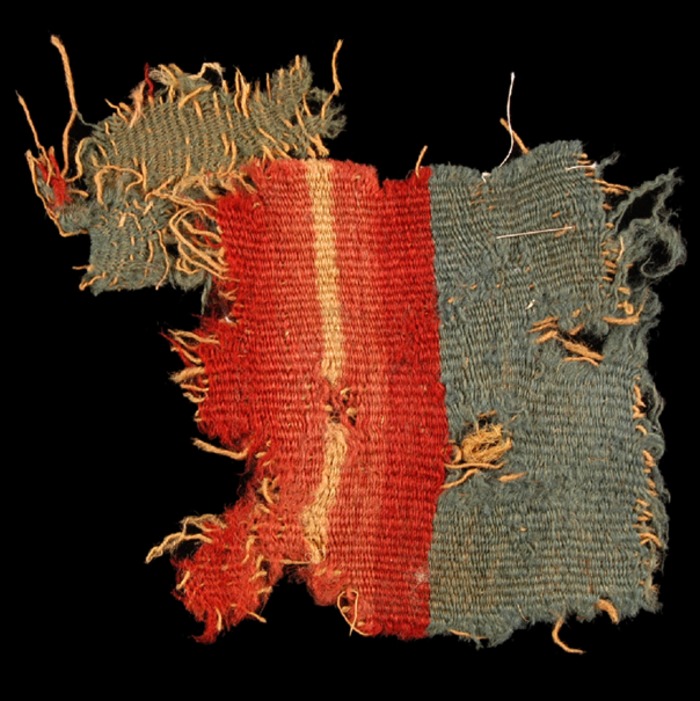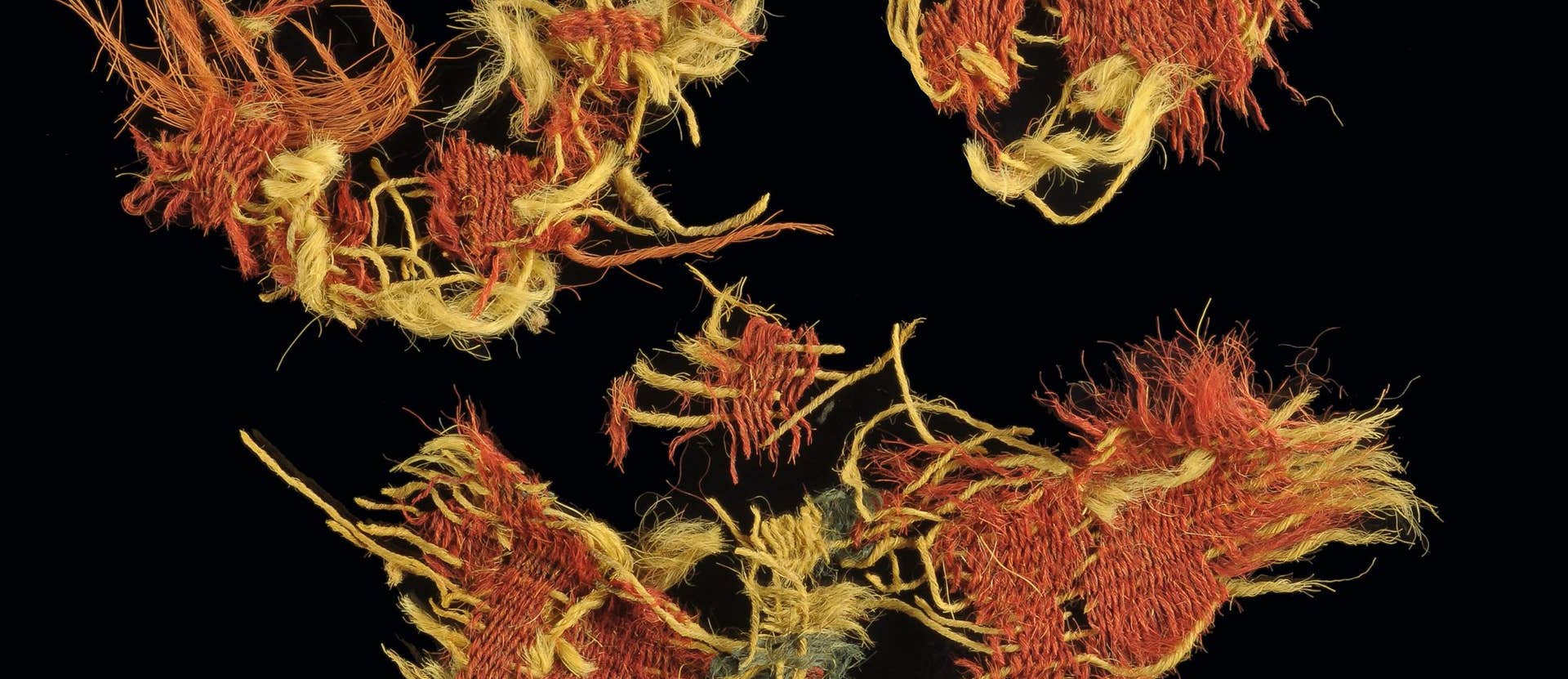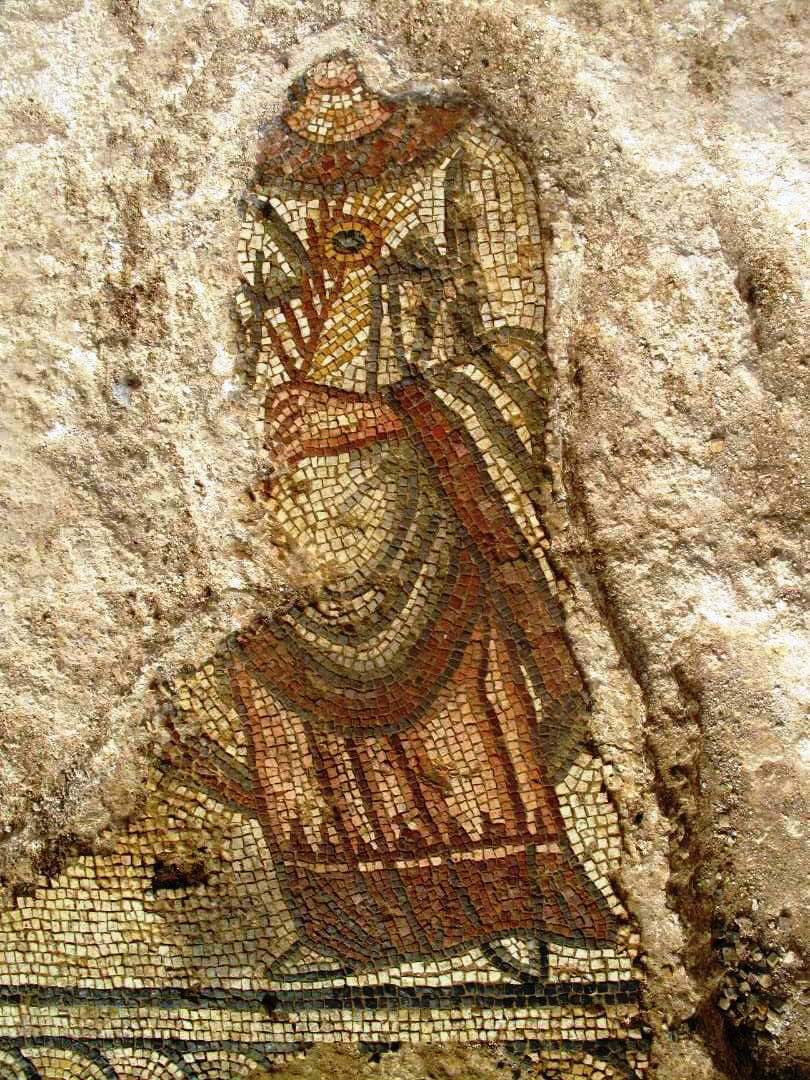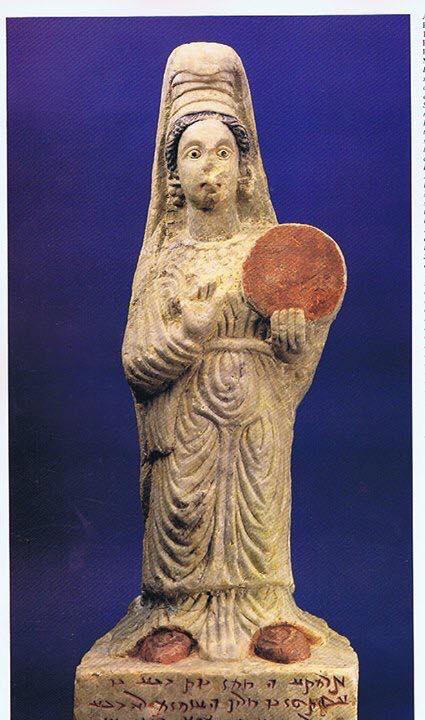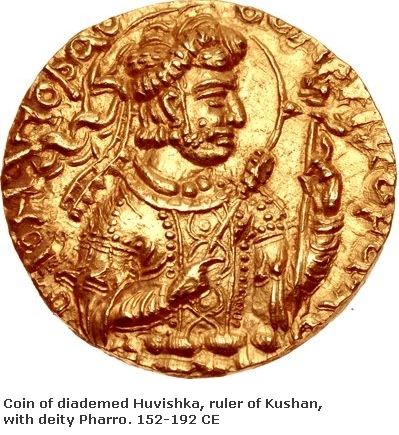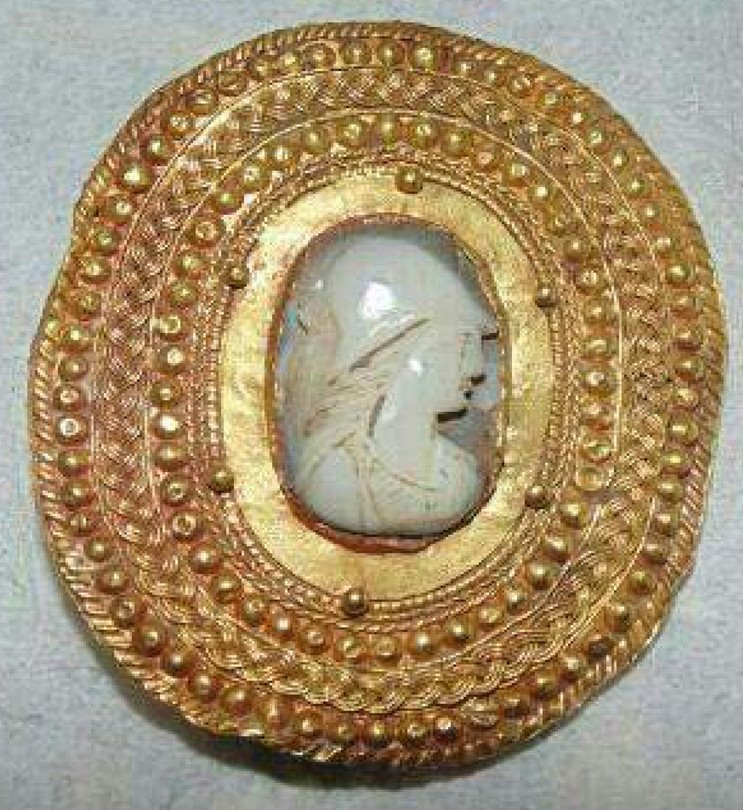Wall paintings showing private banquets were uncovered by the Yale University Expedition to Dura Europos, Syria. Photographs from the archive of the Yale Art Museum after Professor Michael Fuller.

Arts drawing of a private banquet scene uncovered at Dura Europos, Syria. Dated to approximately AD 200 to 256. [Yale University Art Museum Archives, after Professor Michael Fuller].

Photograph taken in the field at Dura Europos by Yale University archaeologists of a wall painting. This wall painting was discovered in House M7-W6 (nicknamed the “House of the Banquet” by the excavators. Dated to the late second century. [Yale University Art Museum Archives, after Professor Michael Fuller]

Same panel on display in 2014 in the Yale Art Museum gallery. The “House of the Banquet” was discovered near the Palmyrene Gate. [Photo Professor Michael Fuller]
“The men are bearded (but lack mustaches) and wear tunics and cloaks with bands at the neck, cuff, forearm, and two vertical stripes on the chest. They also wear fillets on their heads.”[1]

Closeup of one of the men in the banquet wall painting in the “House of the Banquet.” [Photo Professor Michael Fuller]

Closeup of the seated woman portrayed in the wall painting in the “House of the Banquet.” [Photo Professor Michael Fuller]
According to Lisa Brody a woman sitting on a folding chair wears a red cloak and veil over a black and white tunic[2]
Panel with a banquet scene is in the Yale Art Museum collection [link]

Photo credit: Yale University Art Gallery
See also the image viewer with big close-up >> https://view.collections.yale.edu

Photograph taken in the field at Dura Europos by Yale University archaeologists of a wall painting showing a private banquet.
[Yale University Art Museum Archives, after Professor Michael Fuller]

Photograph taken in the field at Dura Europos by Yale University archaeologists of the whole painted panel from the “House of the Banquet” which included a hunter on horseback. [Yale University Art Museum Archives, after Professor Michael Fuller]

Photograph taken in the field at Dura Europos by Yale University archaeologists of a painted scene with a hunter on horseback.
[Yale University Art Museum Archives, after Professor Michael Fuller]
The part of a fresco with a hunting scene and Eros is now a part of the Louvre collection [link]
The archer wearing pants and tunic is shown on horseback. His name, painted in Greek and Aramaic (Palmyrene), is Bolazeos[3].

© 2006 RMN-Grand Palais (Louvre museum) / Franck Raux
- [1] Roman in the provinces: art on the periphery of Empire; edited by Lisa R. Brody and Gail L. Hoffman; 2014
- [2] j. w.
- [3] j. w.

